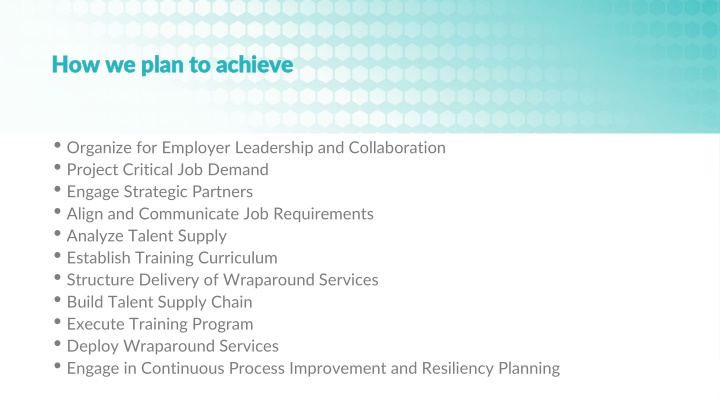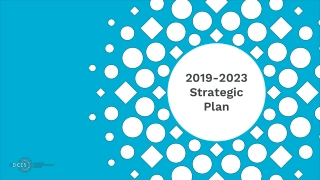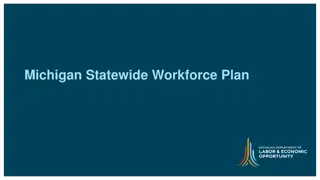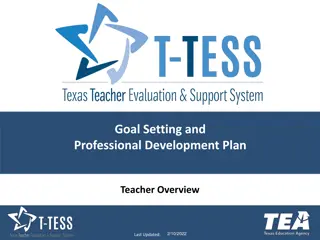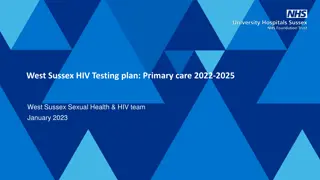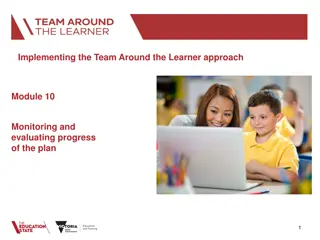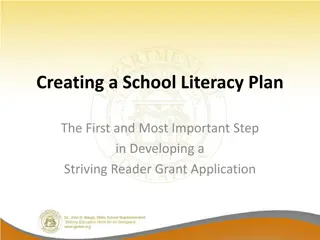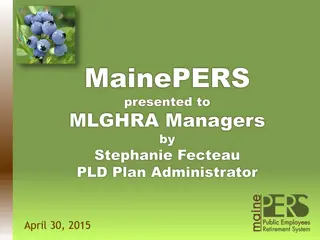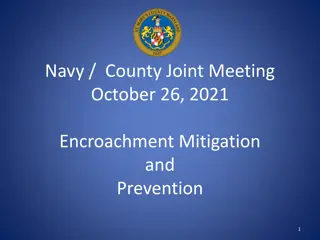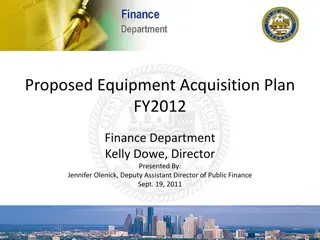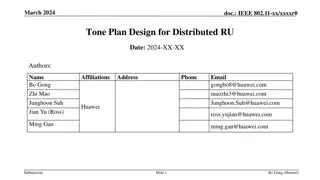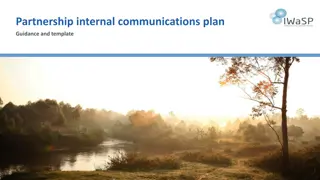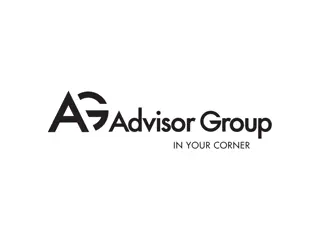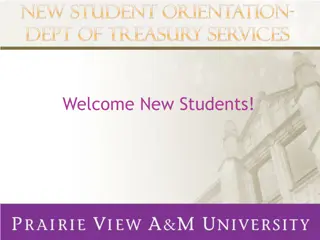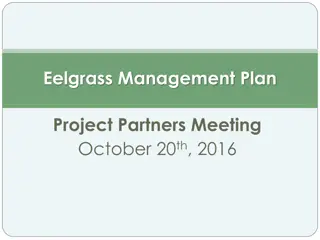How we plan to achieve
Develop a strategic plan to align job requirements, analyze talent supply, establish training curriculum, and build a talent supply chain for critical job demand. Engage with strategic partners, deliver wraparound services, and continuously improve processes for resiliency planning.
Download Presentation

Please find below an Image/Link to download the presentation.
The content on the website is provided AS IS for your information and personal use only. It may not be sold, licensed, or shared on other websites without obtaining consent from the author.If you encounter any issues during the download, it is possible that the publisher has removed the file from their server.
You are allowed to download the files provided on this website for personal or commercial use, subject to the condition that they are used lawfully. All files are the property of their respective owners.
The content on the website is provided AS IS for your information and personal use only. It may not be sold, licensed, or shared on other websites without obtaining consent from the author.
E N D
Presentation Transcript
How we plan to achieve How we plan to achieve Organize for Employer Leadership and Collaboration Project Critical Job Demand Engage Strategic Partners Align and Communicate Job Requirements Analyze Talent Supply Establish Training Curriculum Structure Delivery of Wraparound Services Build Talent Supply Chain Execute Training Program Deploy Wraparound Services Engage in Continuous Process Improvement and Resiliency Planning
Projecting Critical Projecting Critical Job Demand Job Demand
Framework Framework Demand-driven, employer-led approach to align business needs with talent providers Closes the skills gap that builds talent supply chains aligned to dynamic business needs Strategically aligns classroom and career Employers play an expanded leadership role as end-customers of the education and training systems Designed to meet the needs of an ever-changing business environment and match the speed of change with industry market and changing requirements
End End- -to to- -End Talent Management Process End Talent Management Process
How is this collaborative different How is this collaborative different Intentionally focused on wraparound services to support marginalized communities Built on industry best practices Focused on employer-ROI Authentically employer-led Structured process for collective action and decision making More granular and actionable data on workforce demand Full spectrum of talent sourcing partners Shared value, competitiveness, and accountability
Talent Pipeline Management as a Talent Pipeline Management as a framework framework A set of STRATEGIES and RESEARCH TOOLS to align training with industry careers 1. Uses industry best practices 2. Represents authentic employer demand 3. Plans for future jobs and careers 4. Produces collective action and decision- making TPM is developed by the US Chamber of Commerce Foundation
Appreciating Your Best Talent Appreciating Your Best Talent Activity 1: Pair up with someone not from your organization Describe one of the most valued employees in your organization What is that person s job? What qualities make this person stand out? What education credential does he/she have?
Appreciating Your Best Talent Appreciating Your Best Talent Activity 1 Discussion: Share the job or person your partner described Qualities valued Education level or credential What made them stand out How different or similar were your answers?
Critical Jobs Critical Jobs Critical Jobs and Good Jobs What are those jobs that have stackable credentials? What are jobs that you could easily upskill individuals into? What jobs are full time, have benefits, and are of prevailing wages? C
Critical Jobs Critical Jobs Activity 2: Work with those in your organization What are the top five critical roles in your organization? C Write your organizations name on top corner Write one job per card Sort all cards by category
Critical Jobs Critical Jobs Activity 2: Discussion 1. What are the top critical roles for all companies here? 2. What are their common titles? C
Critical Jobs Critical Jobs Activity 3: 1. Select one role to define in small groups: C Competencies Industry Credentials Education Level Soft Skills
Critical Jobs Critical Jobs Activity 3: Discussion Report out defining qualities Competencies Industry Credentials Education Level Soft Skills C
Critical Jobs Critical Jobs For Each Critical Role 1. How many will you hire? 2. New or replacement hires? 3. What are the Talent Needs? (1 not important -> 5 very important) Competencies Employability Skills Credentials Education C
Survey Instrument Survey Instrument
